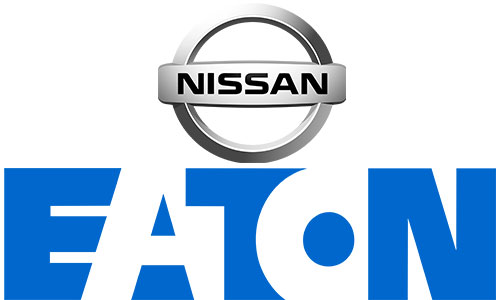Toronto, Ontario — December 6, 2017 — Renewable energy, both at the utility and residential levels, brings numerous benefits to our environment although it also comes with its fair share of challenges.
With millions of electric cars expected to hit the road in the years to come, some concerns have been raised about EV battery recycling and the potential risk of a waste problem. According to the CEO of Li-Cycle, a Canadian battery recycling start-up, Ajay Kochhar, if EV growth proceeds as expected, we could be looking at approximately 11 million metric tons of lithium batteries entering the waste stream by 2030.
Automaker Nissan and electrical equipment maker Eaton have teamed up to produce the xStorage Home system, which could be a solution to both problems.
The xStorage system gives those batteries a second life inside of homes and businesses as backup and solar storage batteries. In conjunction with the Nissan batteries, which can also be provided as new, with higher capacities, Eaton provides the electronic interface that manages all the various functions required to interface the battery with the connected loads, the solar panels, and the grid. Eaton has been making uninterruptible power supply (UPS) systems for over 50 years and they draw heavily on that capability for the xStorage Home.
“We’re using our UPS technology … as the brain, because in those critical power situations like data centers, hospitals, etc., they’re always making that trade off between whether to go to backup power or take the grid power—how best to optimize for the best quality power,” said Jonathan Hart, head of corporate communications for Eaton. “Taking that, now in conjunction with the batteries to create a fully integrated system, really optimizes both the battery performance and the interaction with the grid.”
The two primary benefits for both the commercial and residential customers are renewable storage and peak shaving. Peak shaving is a response to the fact that many utilities charge their customers, particularly those with commercial and industrial usage, demand charges. These are rates that vary with the time of day. For these customers, electricity costs more during periods of peak demand. Using the battery can allow the batteries to be charged during low cost periods to be used during higher cost periods.


























